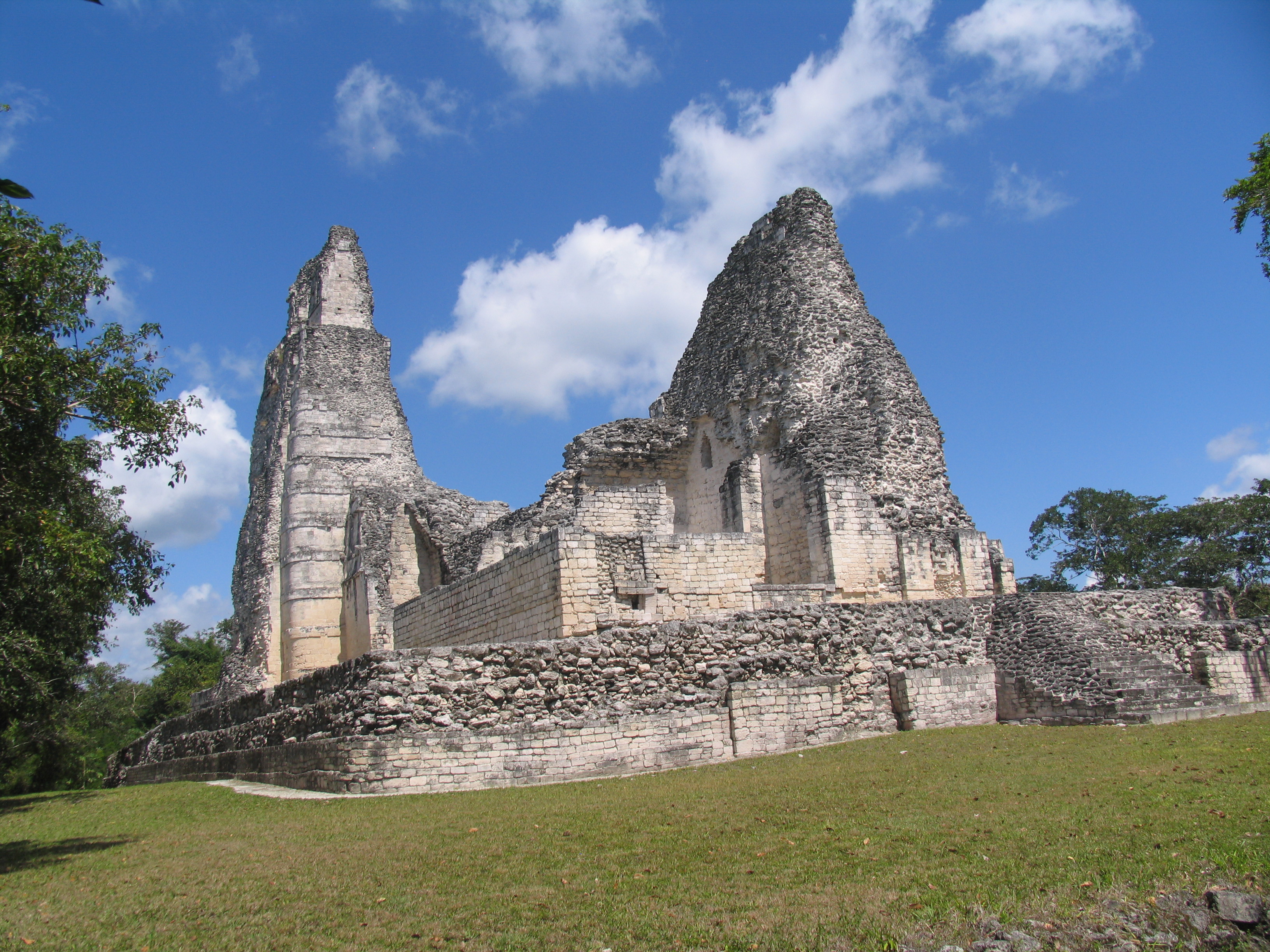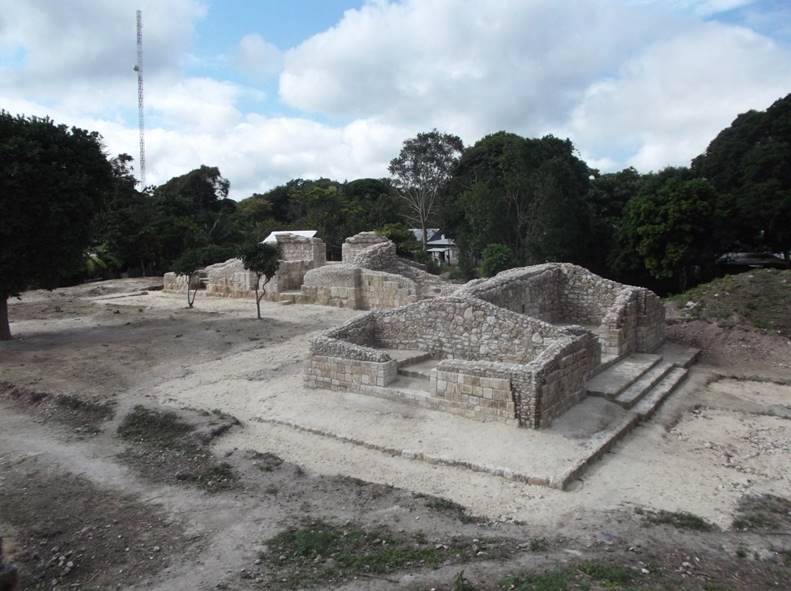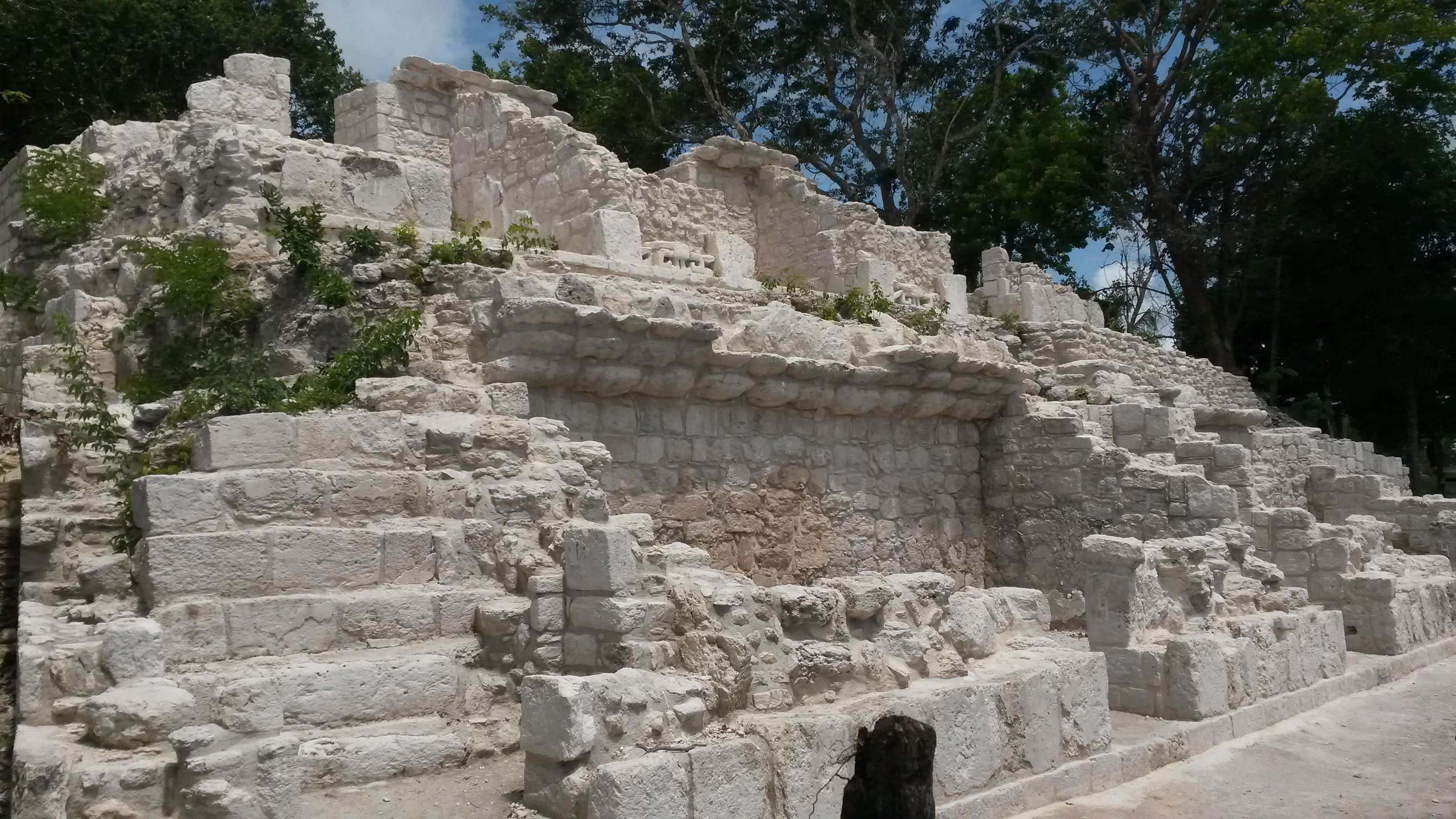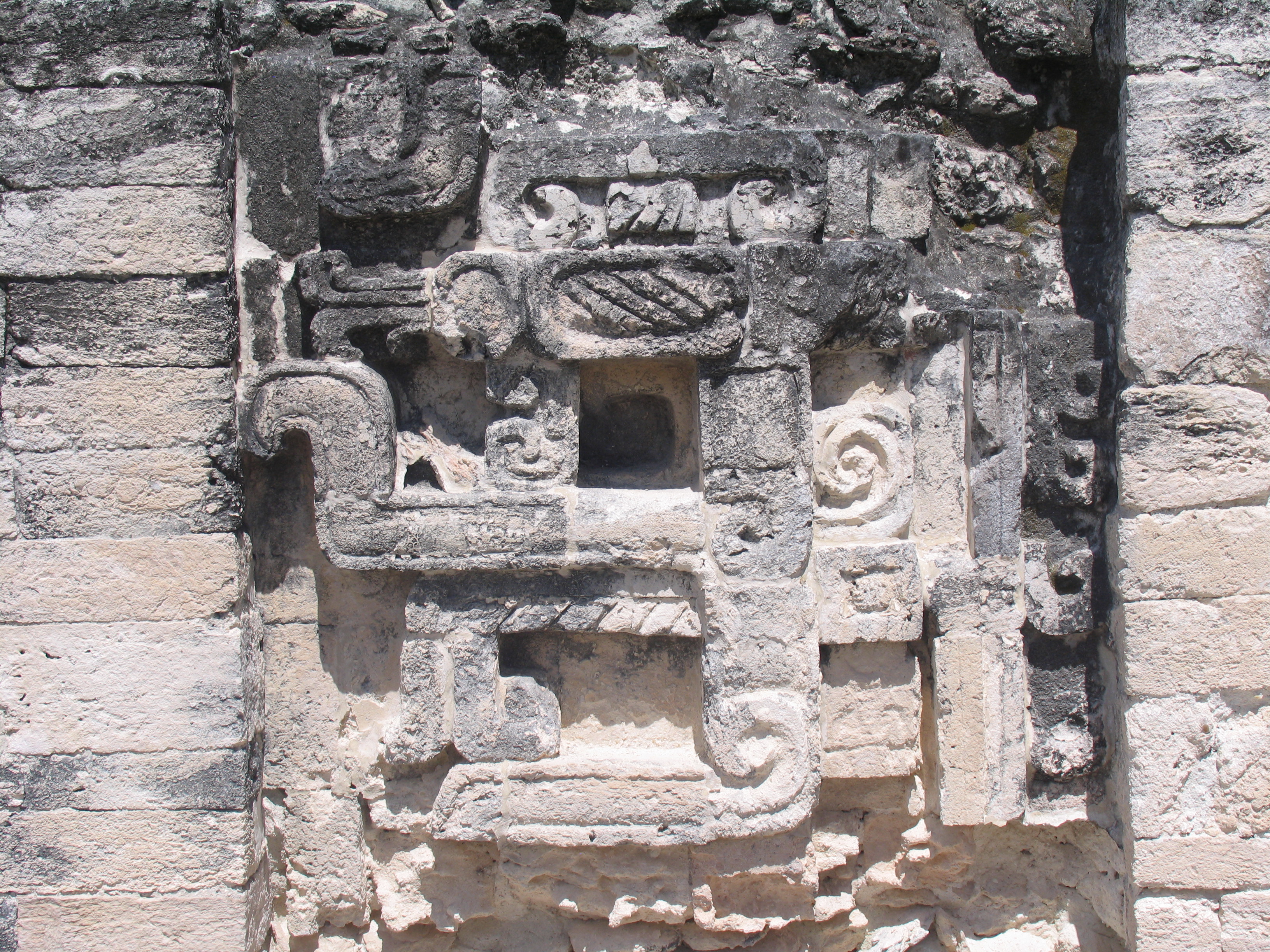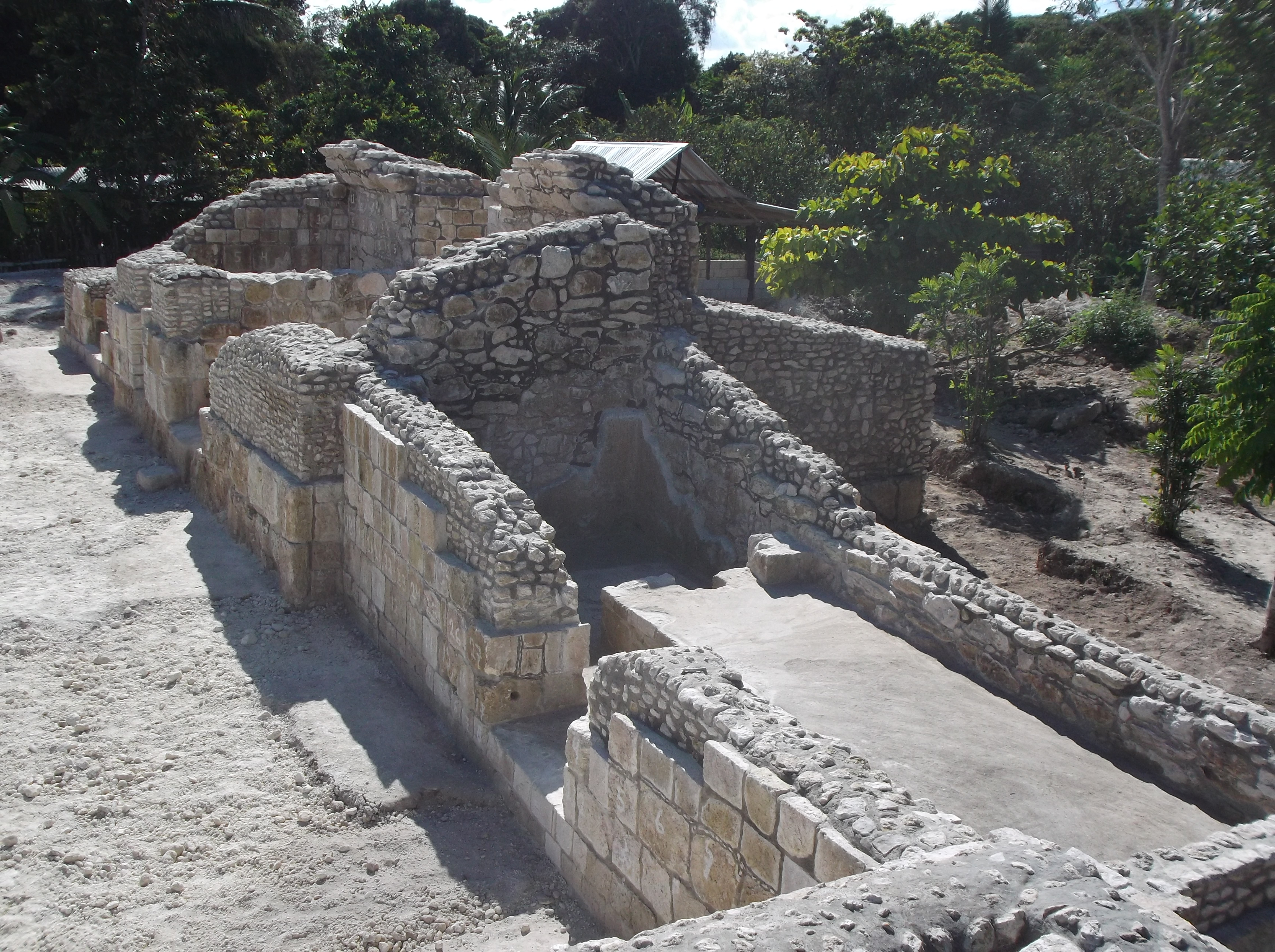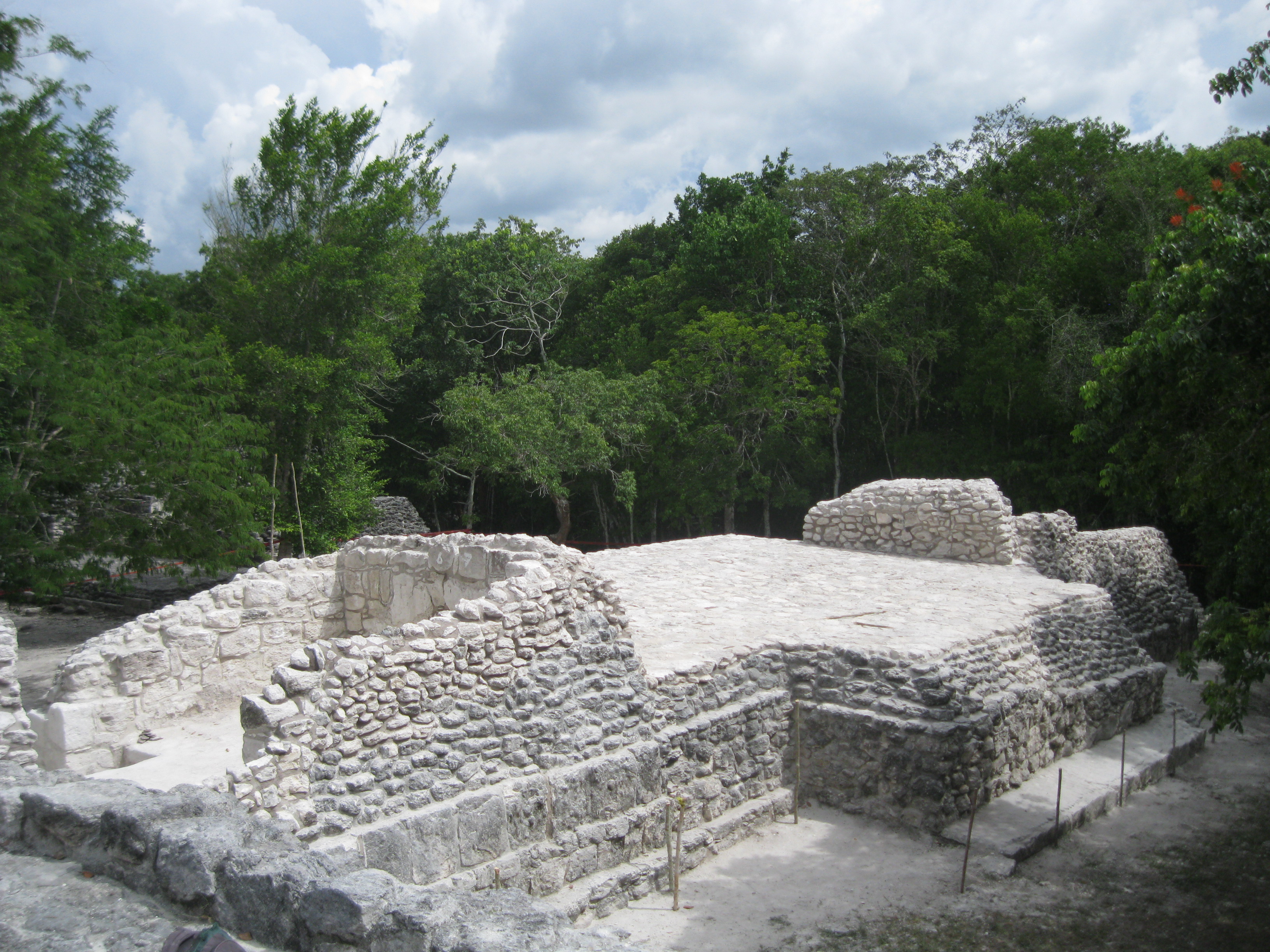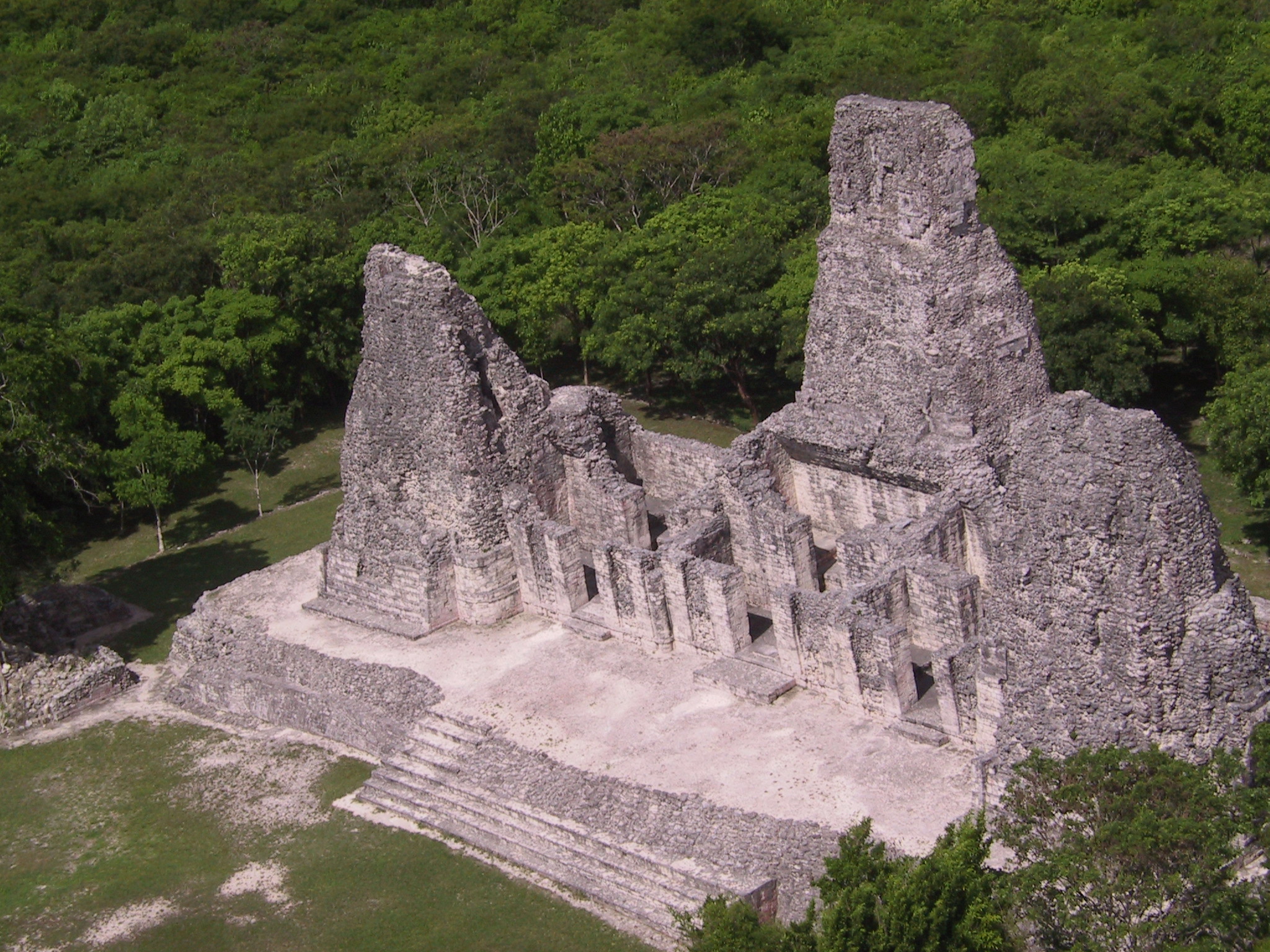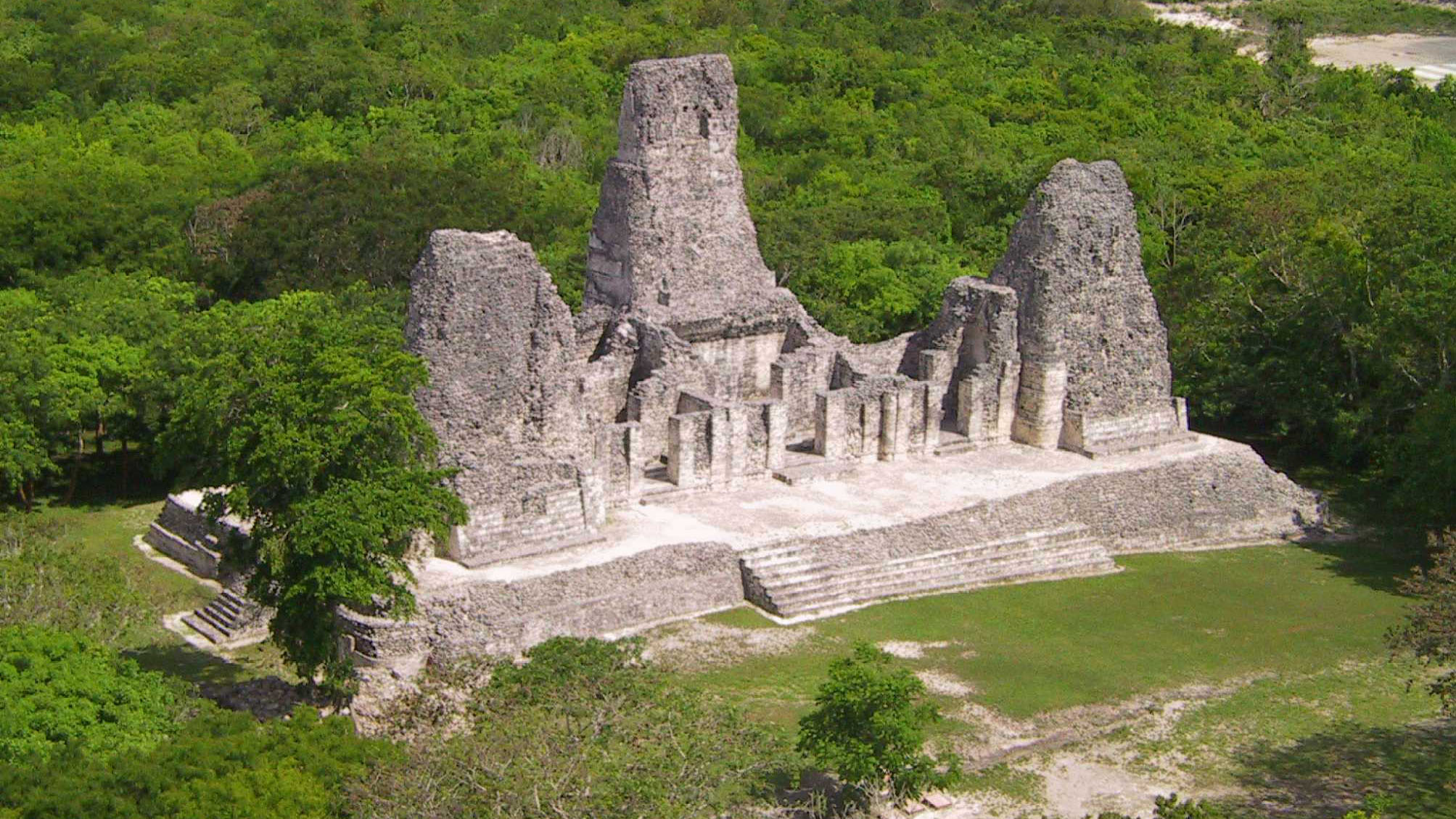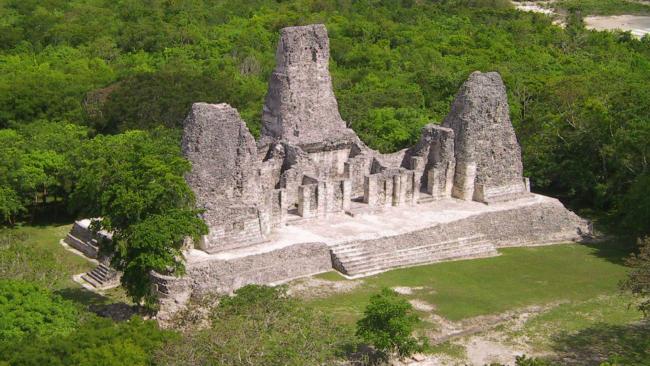Visit us
Xpuhil
Opening hours
Monday to Sunday from 08:00 to 17:00 h - Last access 16:45 h
Fee
$75.00
Adress
Carretera Federal no. 186 Escárcega -Chetumal KM. 156 (Avenida Calakmul, Colonia Aviación C.P. 24640), Municipality of Calakmul, Campeche.
Access
From the capital of Campeche take Federal Highway 180 to Champotón and then Federal Highway 186 Escárcega-Chetumal to Xpuhil.
Services




Important
- Extra fee for professional cameras
- Discount for Mexican students and teachers
- Discount for senior Mexican citizens
- Sundays free for mexican citizens
- Free entrance for Mexicans under 13 years old
- No smoking
- No entry with food
- Pets not allowed

